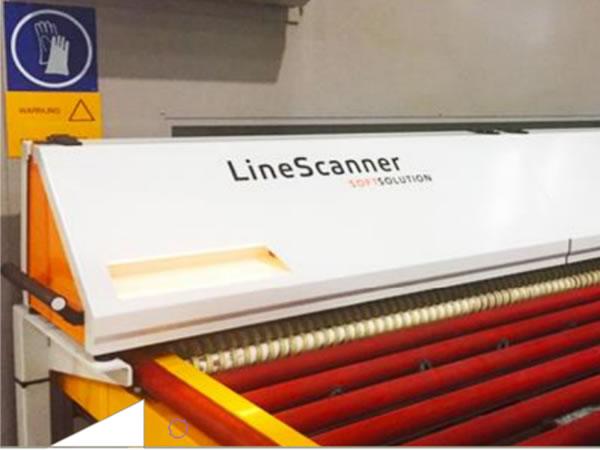
Date: 28 February 2018
GLASWELT asked Thomas Schuller from Softsolution, one of the persons involved in the project, what role was played by photoelastic measurement methods. Read also about the possibilities for quality assurance that can now be realised.
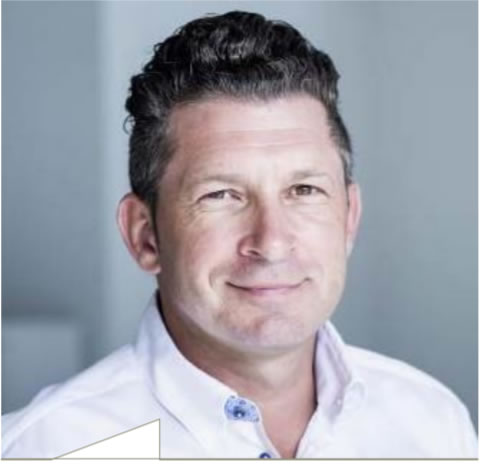
Mr. Schuller, would you briefly explain the research project?
Thomas Schuller – The aim of the "Transparent glass" project was to assess and optimise the qualities of heat-strengthened and toughened glass achieved through the prestressing process by means of photoelastic methods, also including scanner and software. The project partners were looking to find a generally valid and reproducible method.
Can you say a few sentences about anisotropy? Schuller – Glass cooled normally is optically isotropic, i.e., the refractive index of the rays of lights is the same in all directions of the 3-dimensional space – the light is uniformly radiated in all directions. If, however, glass is under stress, then it becomes a birefringent medium and anisotropic. Under polarised light (including natural light), the birefringences are perceptible as irisations, noticeable as light or dark areas or – if so-called retarders are additionally used – as coloured patterns. Since natural sunlight always contains a certain proportion of polarised light, the stress fields are visible even without optical devices – depending on the installation position, the light conditions and viewing angle. Today this is unjustifiably referred to as a defect – particularly with curtain wall projects.
What does this mean for the manufacture of toughened glass, where stress is built up in the glass?
Schuller – In the prestressing process, anisotropies occur to a greater or lesser extent – depending on the methods used. It was our intention to measure and assess this in the project.
What benefits does this provide?
Schuller – This way, the oven operator receives feedback and can immediately decide whether he has to intervene in the process control system. Furthermore, the scan measures the edge membrane stress, from which the impressed surface compression stress can be derived with high precision.
How do you assess the new photoelastic test method?
Schuller – This kind of stress measuring is suitable for factory production control and today is already recognised as a reliable non-destructive method in accordance with EN 12150-1. The use of our Inline Scanner, newly developed in our research project, provides glass manufacturers/processors with optimal quality assessments. And this gives him the process reliability he needs. For each individual pane, the homogeneity of the stress distribution across the entire glass surface as well as of the impressed stresses, is measured and documented. Now it would be possible to completely replace the breaking test.
How did you proceed?
Schuller – By using a defined polarised light source in the project, we scanned all the prestressed glass products directly at the outlet of the cooling area of the toughening furnace in the online process (Figure 02). This makes it possible to measure the path differences of the respective doubly refracted wavelengths. The scanned, prestressed glass products with their stress fields are displayed on the screen (Figure 01). The associated data can be saved and evaluated – to be interpreted by the shift supervisor or furnace operator.
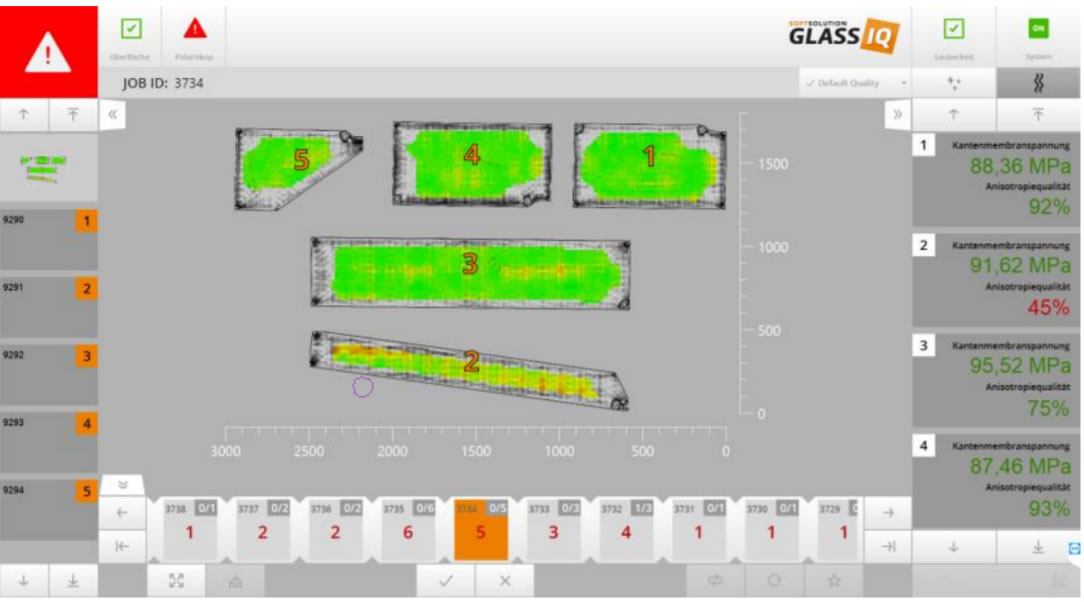
THOSE INVOLVED IN THE PROJECT:
■ RWTH Aachen University, Institute for Steel Construction, Prof. Markus Feldmann, Pietro Di Biase, Benjamin Schaaf
■University of Applied Sciences Munich, Prof. Christian Schuler, Laboratory for Steel and Lightweight Structures, Steffen Dix
■Systems engineering and software development: Softsolution GmbH, Thomas Schuller, Hermann Sonnleitner, Andreas Hammerschmidt
■Glass manufacturers: VitroDUR GmbH, Heinz Schneider, Uwe Bergmann; as well as FlintermannGmbH, Reinhard Gruber, Egger Glas GmbH, Phillip Schuller; Uniglas GmbH, Thomas Fiedler
What else can the scanner and software offer?
Schuller – By using our Inline Scanner (and the data obtained), the processor is able to optimise his prestressing process, which in turn will help to minimise the occurrence of anisotropies in glass as well as achieve a reproducibility of the quality. In addition, it is also possible to determine the edge membrane stress from a glass thickness d≥6 mm. Furthermore, glass defects can be detected and both the dimensions of the glass and its contours measured. All the data is stored in an archive, allowing for cross-project comparisons and evaluations.
What consequences can this measurement method have for the industry?
Schuller – In this context, either the extent, to which the occasionally visible anisotropies are acceptable, could be redefined, or from what path difference (to be objectively measured) anisotropies are to be regarded as defects. In the Technical Guideline No. 9 (Assessing the Visual Quality of Glass), anisotropies have been regarded as more or less unavoidable phenomena in the production of toughened and heat-strengthened glass in thermal prestressing processes. The perception of irisation effects and the light and dark fields on the glass surface is assessed as possible and acceptable. In the EN 12150- 1:2010-11 product standard, anisotropy is not a defect but instead a product-immanent, visible effect. This means that the visible stress fields, perceptible as light/dark fields – and in extreme cases – as coloured zones, are generally acceptable. With the use of the newly developed scanner and the insights gained from the "Transparent glass" development project, manufacturers of toughened glass can qualitatively optimise thermally prestressed glass, thereby as far as possible reducing the disruptive anisotropy effects.
How quickly will the results be put into practice?
Schuller – Although our product is ready to market, it will take some time before the new insights provided by research and development have an impact in the entire production spectrum of thermally prestressed glass.
Where do you see limitations?
Schuller – Even with the insights gained from this project and the associated optimisation of production processes, the optical phenomena of anisotropies cannot be absolutely prevented and it will still be necessary to accept their presence.
Are you satisfied with the project and will it continue?
Schuller –Yes, we are satisfied. The cooperation with all those involved in the project was excellent and constructive. We will continue to promote and deepen the results obtained with the Uniglas GmbH companies.
Your bottom line in a single sentence?
Schuller – The non-destructive measuring of stressed states of prestressed glass represents a major advance for the reproducibility of the quality of toughened and heatstrengthened glass, and our scanner technology (www.glass-iq.com) is decisively involved.
The interview was conducted by Matthias Rehberger.
 600450
600450

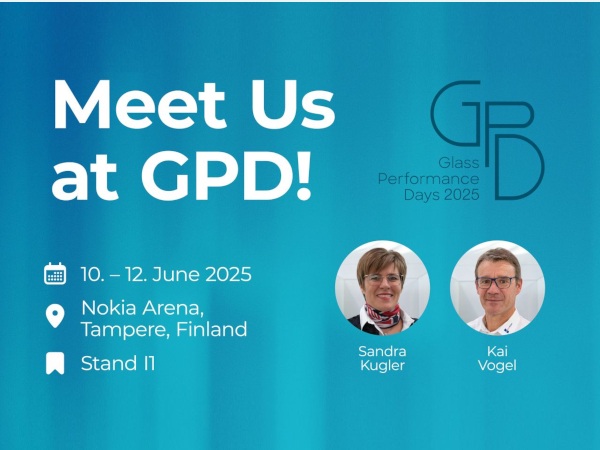
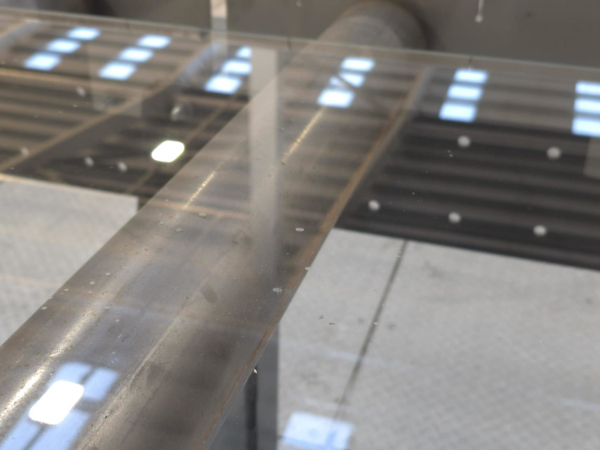
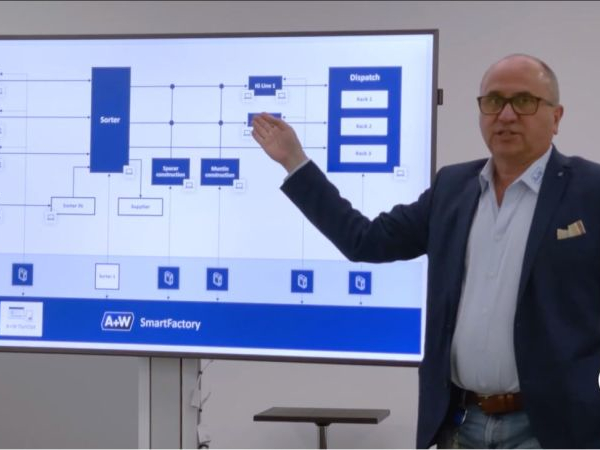

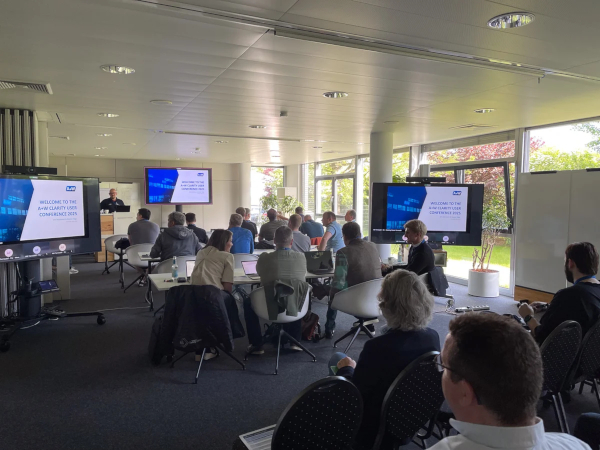














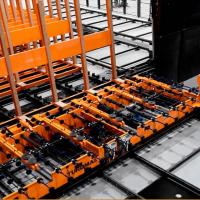
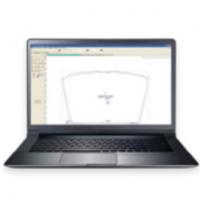
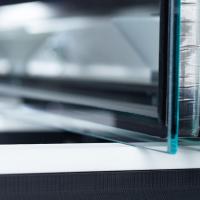
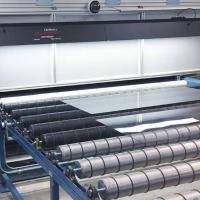
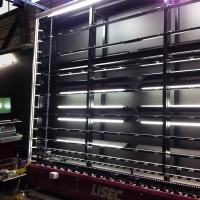
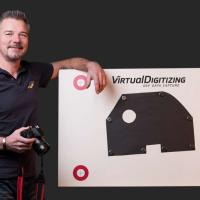
Add new comment